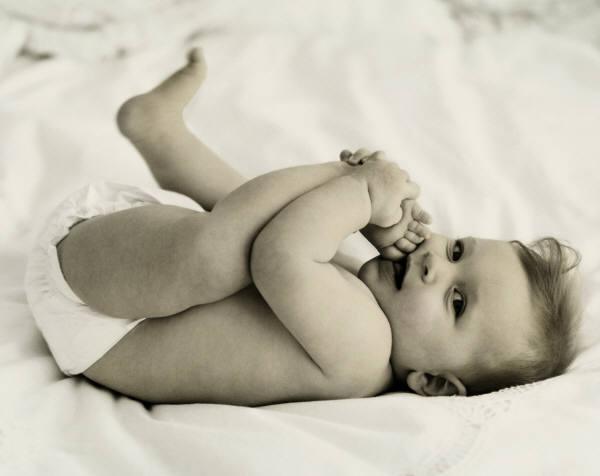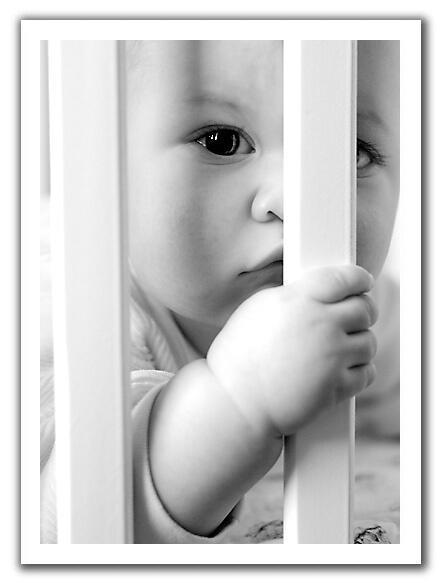
Everyone knows this is kiwifruit, right? But do you know where this fruit originates from? New Zealand? Think again. It is actually a native of Shaanxi, China. The fruit that is intrinsically linked to New Zealand used to be called Chinese gooseberries but in 1959, it was christened kiwifruit and has been become one of New Zealand most famous exports. This is one of the many interesting facts I learnt from Te Papa Tongarewa Museum, New Zealand's national museum.
Lording over Wellington's waterfront, Te Papa is recognised as a world leader in the new wave of innovative and interactive museum experiences, and since its opening in 1998, over 13.8 million visitors have walked through its doors. Among Te Papa’s treasures is a huge Maori collection, including its own marae (a living customary meeting place), dedicated hands-on ‘discovery centres’ for children, natural history and environment exhibits, a re-creation of a European settlement, contemporary art and culture, and many more. Among them, Awesome Forces showcases the massive natural forces – plate tectonics, earthquakes, volcanoes, and landslides that have shaped the landscapes of New Zealand. Bush City is a living forest with some typical New Zealand plants and landforms, including a cave complete with replica glowworms and moa bones while Signs of a Nation explore the Treaty of Waitangi, New Zealand’s founding documents. Passport tells the stories of those who have migrated to New Zealand over the last 200 years, with stories of why the immigrants left their original homes, how they got here and the new lives they made.
Lording over Wellington's waterfront, Te Papa is recognised as a world leader in the new wave of innovative and interactive museum experiences, and since its opening in 1998, over 13.8 million visitors have walked through its doors. Among Te Papa’s treasures is a huge Maori collection, including its own marae (a living customary meeting place), dedicated hands-on ‘discovery centres’ for children, natural history and environment exhibits, a re-creation of a European settlement, contemporary art and culture, and many more. Among them, Awesome Forces showcases the massive natural forces – plate tectonics, earthquakes, volcanoes, and landslides that have shaped the landscapes of New Zealand. Bush City is a living forest with some typical New Zealand plants and landforms, including a cave complete with replica glowworms and moa bones while Signs of a Nation explore the Treaty of Waitangi, New Zealand’s founding documents. Passport tells the stories of those who have migrated to New Zealand over the last 200 years, with stories of why the immigrants left their original homes, how they got here and the new lives they made.

Housed in an historic restored 1892 Bond Store at Queen's Wharf, the Wellington Museum of City and Sea brings to life Wellington rich maritime history and social heritage from the time of early Maori and European settlement. Inside is a reconstruction of the Bond Store of the 1890s, when Queens Wharf was the hub of Wellington’s port activity. As a bond store, it was a holding warehouse for goods that required the payment of customs duty before being released to the importer. Besides the bond store, it also contained the Wellington Harbour Board’s offices. There’s an exhibition titled Telling Tales, in which Wellington’s interaction with the 20th century’s major developments and events including the rise of indigenous rights, mass travel and global communications, architecture, design and the arts are showcased in 101 stories. There’s also a documentary on the Wahine disaster, the 1968 maritime tragedy of the inter-island ferry, Wahine which tried to enter Wellington harbour during a savage storm and successive events led to the loss of 51 lives.

Photo taken from Wellington Museums Trust website







No comments:
Post a Comment